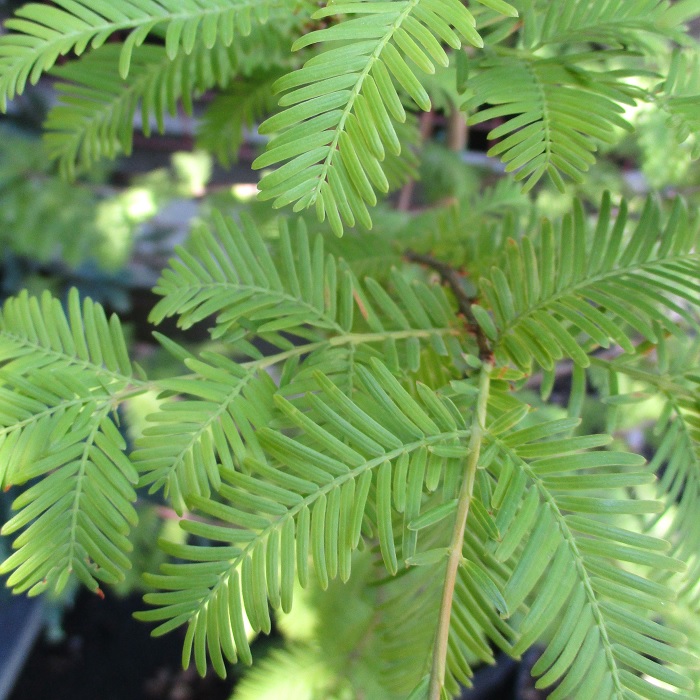UNITED STATES—Many of our trees live at our homes longer than we do. Some of our trees were there before we got there. Some of the trees we plant will be there for whomever comes along after we are gone. Trees very often evolve into something very different from what they were intended to be. Nonetheless, since they are the most significant features of our gardens, trees must be selected carefully.
The recommendation that shade trees near the home should be deciduous is cliché, but accurate. It makes sense that the trees that provide cooling shade in summer will also allow warmth and light through while bare in the winter. Evergreen trees are better for obscuring undesirable views around the perimeter of the garden, where they will not shade the home too much through winter.
The problem is that many modern gardens are too small for such diversity. Modern homes are so close to each other that evergreen trees are more important for obscuring views. Consequently, evergreen trees that provide privacy between homes and gardens might also function as shade trees. Limited space also means that trees affect neighboring homes and gardens significantly.
This is why so many of the small trees (that are known almost disdainfully by some arborists as ‘microtrees’) are so popular. Japanese maple, flowering cherry and smoke tree that were once popular for atriums and small enclosed gardens are now popular shade trees. Realistically though, some modern backyards are not much bigger than what was once considered to be an atrium.
Small evergreen trees or large shrubbery, like Australian willow, mayten, photinia and the larger pittosporums, work nicely by providing both privacy and shade for small areas. Contrary to popular belief though, evergreens are generally messier than deciduous trees. They drop small amounts of foliage throughout the year instead of dropping most or all of their foliage within a limited season. Flowers or fruit add another dimension of mess, even for deciduous trees like crape myrtle, flowering crabapple and saucer magnolia.
Highlight: dawn redwood
If it has bark like a coastal redwood, and foliage like a coastal redwood, and a slender conical structure like a coastal redwood, it is most likely a coastal redwood. If it turns orangish brown in autumn and defoliates through winter, it is the much less common dawn redwood, Metasequoia glyptostroboides. It is one of only a few distinctive genera of coniferous trees that are deciduous.
Upon closer inspection, it is not as similar to coastal redwood as it initially appears. Besides being deciduous, the foliage of dawn redwood is softer and lighter grassy green. Individual leaves are more perpendicular to the stems. Trunks are more tapered, so that they are quite lean up high, and quite plump down low. Old trees can form buttressed trunks. Strips of bark might exfoliate.
Dawn redwood is by no means a deciduous alternative to the evergreen coastal redwood. Although it grows about as fast while young, it slows with maturity. Crowded trees get taller, but lanky. Exposed trees stay shorter and broader, but because they are still relatively narrowly conical, they do not make much shade at first. Old trees are more than a hundred feet tall, but could get taller.





